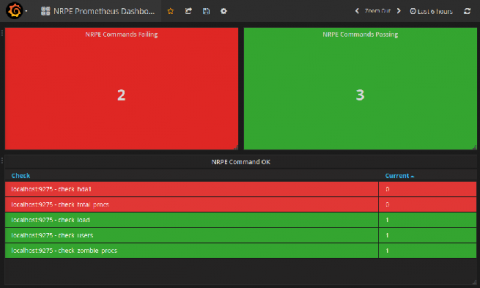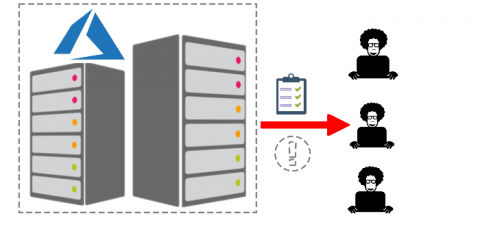FAANG proofing your Job Applications
There is one thing that hurts more than being rejected by a hiring manager - being rejected because you’re not ex-FAANG. This was not always the case though - FAANG’s combined engineering workforce is currently at 330,000+ and growing at an astounding 20% YoY. This means that at any given point in time, there are tens of thousands of FAANG engineers active in the job market vying for spots in great up-and-coming companies.






